Noir City: Hollywood, the 16th annual festival of film noir, at the Egyptian Theatre will be over before you know it! So plan to take a prowl …
There are double features on Thursday and Friday. On Saturday, “Detour” screens, followed by the festival’s wrap party.
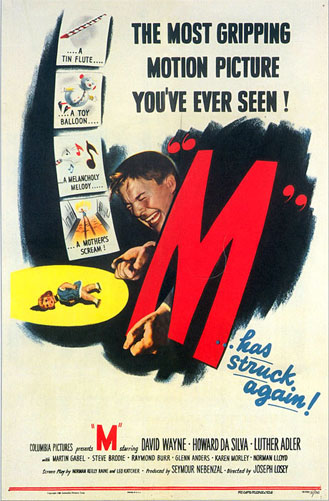 On Sunday is this rare treat: Joseph Losey’s 1951 version of “M” and “The Hitch-Hiker,” which is the only American film noir directed by a woman: Ida Lupino.
On Sunday is this rare treat: Joseph Losey’s 1951 version of “M” and “The Hitch-Hiker,” which is the only American film noir directed by a woman: Ida Lupino.
Losey’s American remake of Fritz Lang’s classic from 1931 follows a child murderer being simultaneously hunted by the police and the underworld. “M” stars David Wayne, Howard Da Silva, Luther Adler, Steve Brodie, Raymond Burr, Norman Lloyd, Walter Burke and Jim Backus.
Next up is “The Hitch-Hiker” (1953), a groundbreaking, fact-based story of two pals on a Mexican fishing trip kidnapped by a serial killer. Edmond O’Brien, Frank Lovejoy, William Talman and José Torvay star.
Both films screen in newly restored 35mm prints thanks to the Library of Congress. The fest is co-presented by the American Cinematheque and the Film Noir Foundation.
See you in the dark!





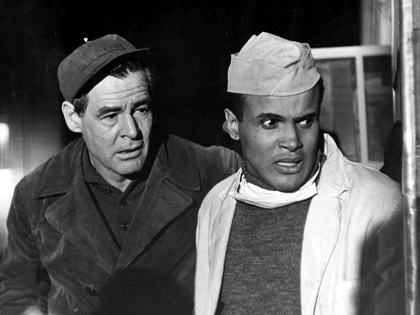
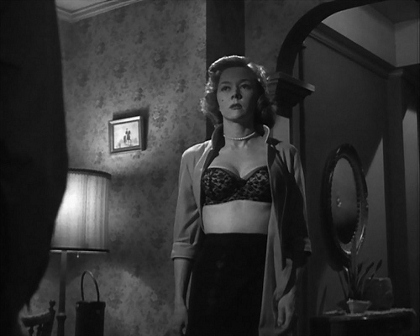

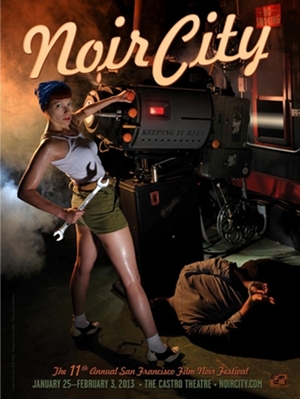
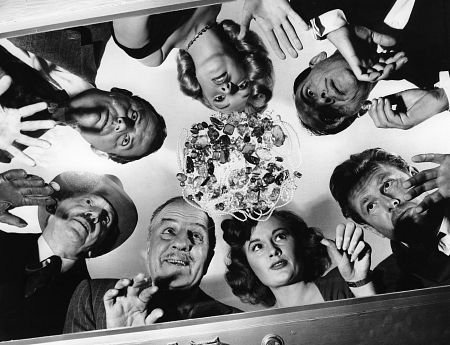
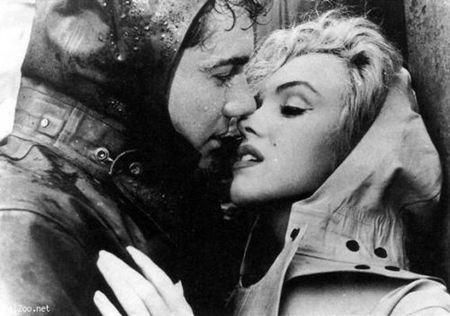

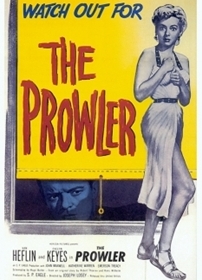
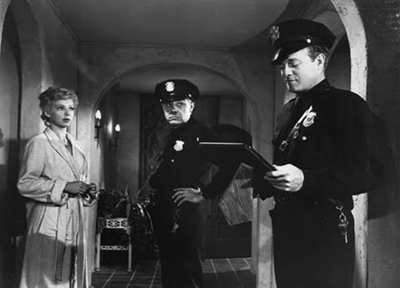
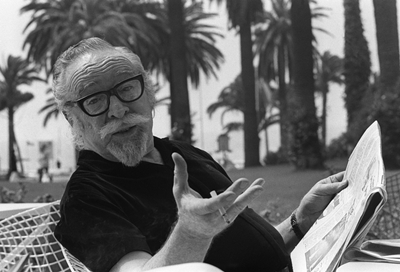
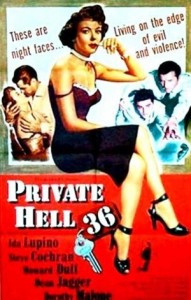
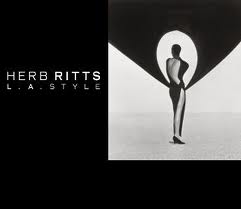
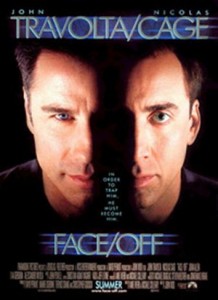
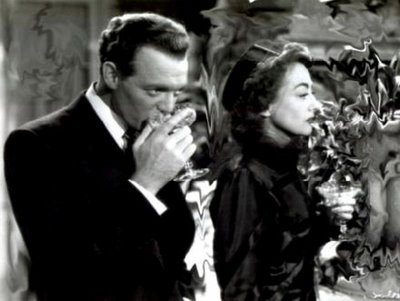
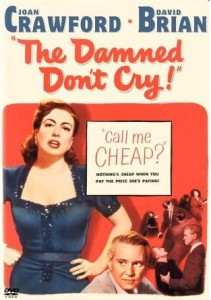
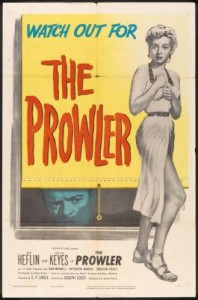
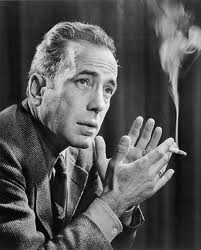





From FNB readers